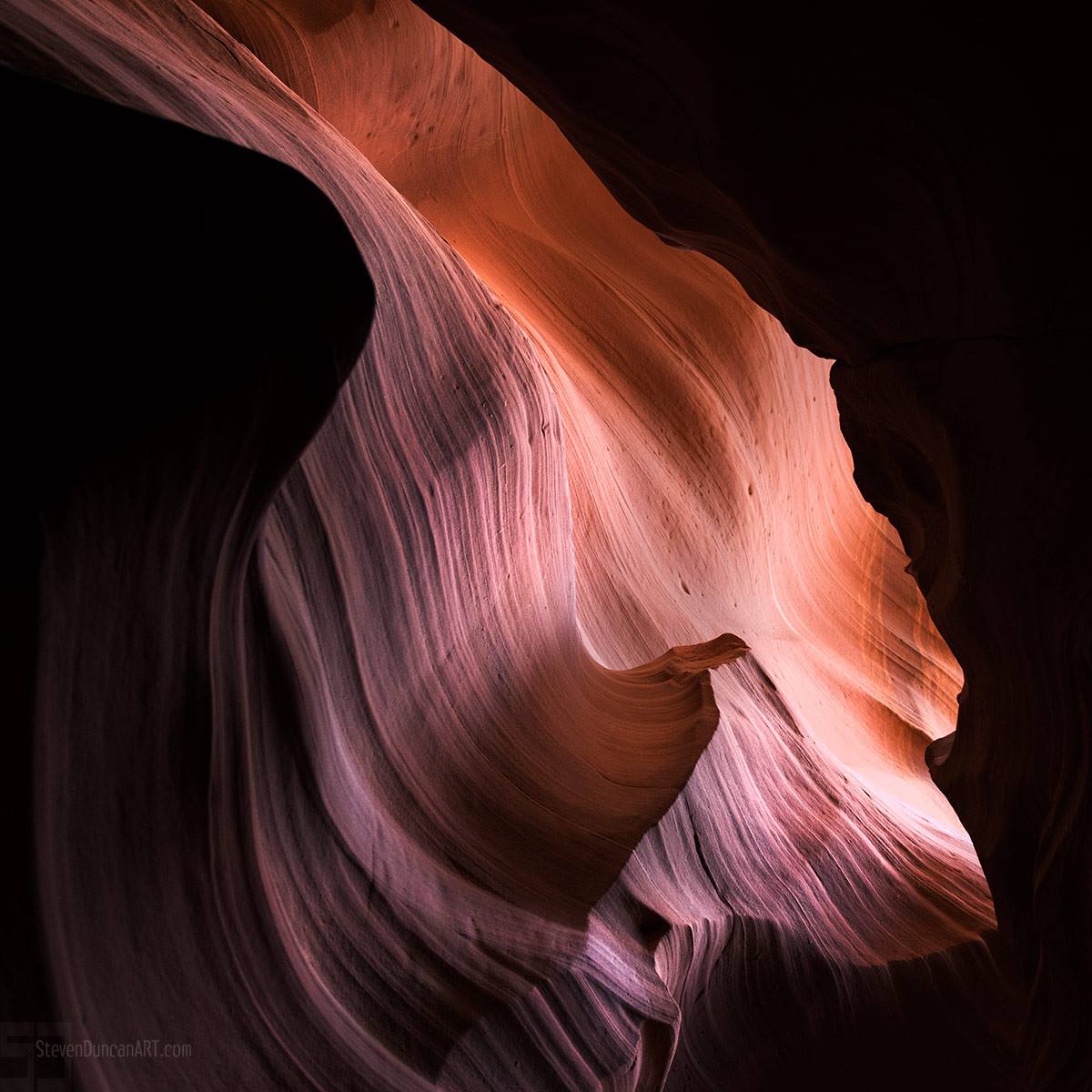Antelope Canyon, a stunning geological formation nestled in the Navajo Nation, strikes a chord with many nature enthusiasts and photographers alike. Its undulating sandstone walls, sculpted by water and wind over millennia, present a visual spectacle that tempts the eyes and stirs the soul. Yet, as its popularity soared through social media platforms and photography forums, a lingering question emerges: Is Antelope Canyon worth it? This query echoes through the minds of many who contemplate a journey to this iconic location. Is it genuinely a photographer’s paradise, or has it simply been overhyped?
To understand the allure of Antelope Canyon, one must first explore its ethereal beauty. The canyon, divided into two sections—Upper Antelope Canyon and Lower Antelope Canyon—offers distinct experiences. Upper Antelope Canyon is especially renowned for its light beams, which puncture the darkness through narrow crevices, illuminating the smooth, wave-like formations in golden hues. The interplay of light and shadow creates a surreal atmosphere, often likened to a painter’s canvas in motion. This dramatic visual appeal is precisely why many photographers flock to this vibrant site, armed with cameras and tripods in hand, eager to capture the mesmerizing sights.
However, the burgeoning popularity of Antelope Canyon has not been without its complications. The irrefutable truth is that it can get intensely crowded, particularly during peak tourist seasons. Tour groups often flood the area, leading to a bustling environment that can detract from the serenity typically sought after in nature. The cacophony of voices and the presence of other visitors can hinder the experience for aspiring photographers, who often crave solitude to connect with their surroundings. Consequently, the once-tranquil beauty can feel somewhat commercialized—an irony that lies at the heart of many travelers’ concerns.
Yet, amid the hustle and bustle, the very essence of Antelope Canyon continues to captivate. Each twist and curve of the canyon reveals a different facet of its character. From sweeping vistas boasting intricate patterns to close-ups of the textured rock formations, photographers can find endless opportunities for creativity. The canyon’s tones vary dramatically based on the time of day and the angle of sunlight, evoking emotions that dance between tranquility and awe. For many artists, these subtle shifts encapsulate the heartbeat of nature itself—a deeper reason to appreciate the canyon beyond its aesthetic appeal.
Beyond its visual allure, Antelope Canyon is steeped in cultural significance. The Navajo Nation, guardians of this breathtaking site, imbue it with stories and traditions that date back centuries. Visiting the canyon provides an opportunity to appreciate not just its geological marvels, but also the spiritual connection that the Navajo people have with this land. Such a perspective encourages visitors to dive deeper into their experience, fostering an appreciation that transcends photography; it becomes a quest for understanding.
Ultimately, whether Antelope Canyon is worth it will hinge on one’s expectations. For amateur photographers hoping to snag a postcard-perfect shot, the canyon may exceed their desires—its exquisite beauty often surpasses the limits of mere photographs. Yet, professional photographers seeking solitude might find it less appealing amidst throngs of tourists. The dichotomy between commercial allure and natural beauty raises a critical reflection: Is the pursuit of a perfect shot enough to overshadow the collective experience of nature?
Visiting during the shoulder seasons can serve as a strategic approach to mitigate crowds. Early mornings or later afternoons tend to attract smaller groups, offering a more intimate encounter with the canyon’s enchanting formations. The soft, golden light of dawn or the warm hues of dusk add additional layers of magic to the experience. Furthermore, exploring lesser-known spots, like nearby slot canyons, can provide an equally stunning yet more tranquil experience, often revealing breathtaking views without the crowds.
Additionally, engaging with knowledgeable local guides can enrich your understanding of Antelope Canyon’s ecology, geology, and history. These experts have invaluable insights into the region, sharing stories that breathe life into the formations. Such interactions can transform a mere visit into an educational experience; it fosters a deeper connection with the land and its people
While the debate about whether Antelope Canyon is overhyped continues, one unassailable fact remains: it commands respect as a natural wonder. Its storied walls, kissed by sunlight and time, weave a tapestry of colors that enchant the imagination. The canyon acts not merely as a backdrop for photographs but as a microcosm of nature’s artistry, beckoning individuals to delve into its depths.
In conclusion, Antelope Canyon undeniably leaves an indelible mark on all who venture into its confines. For avid photographers seeking the perfect snapshot or travelers yearning for a glimpse of nature’s grandeur, the canyon captivates with its otherworldly charm. The question, “Is it worth it?” unveils myriad perspectives, encouraging each visitor to reflect on their experiences. Whether you leave with a camera filled with stunning captures or memories etched in your heart, the magic of Antelope Canyon awaits—an encompassing journey that transcends the mere act of photography to embrace the wonder of exploration itself.
